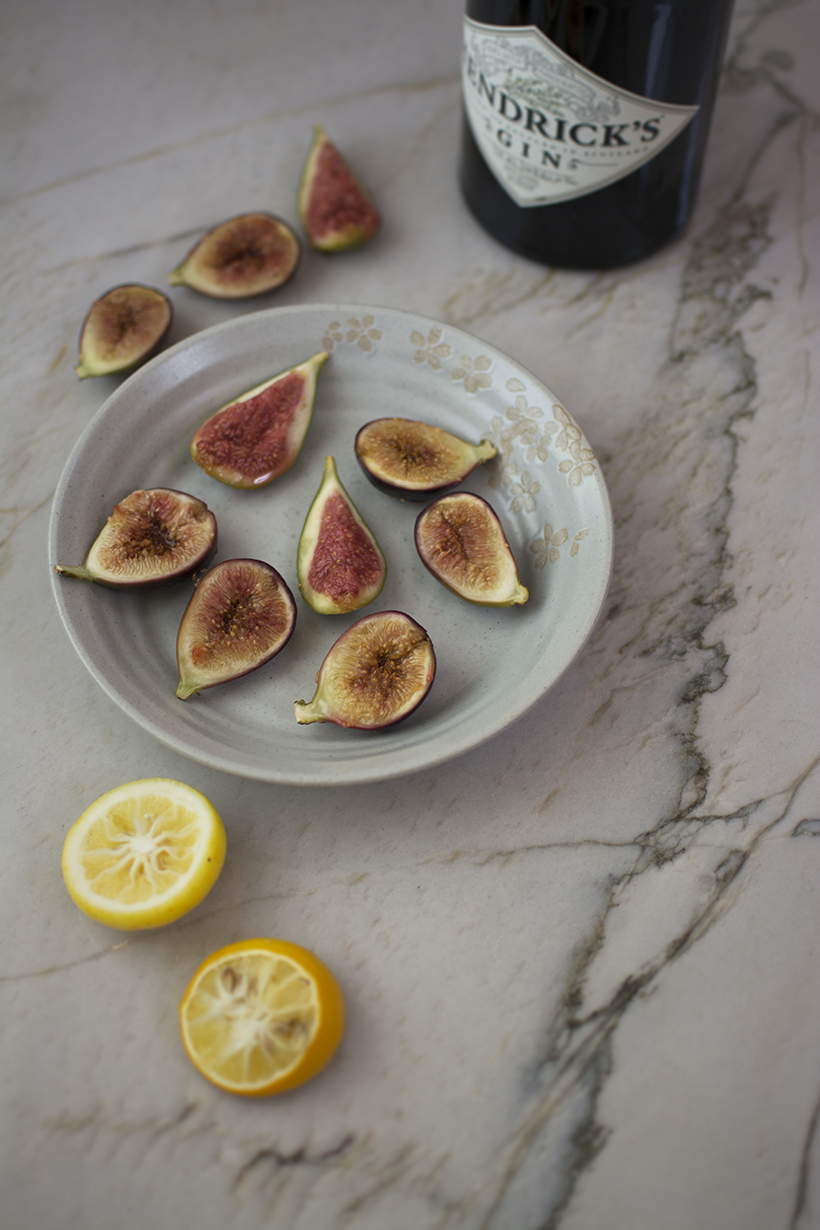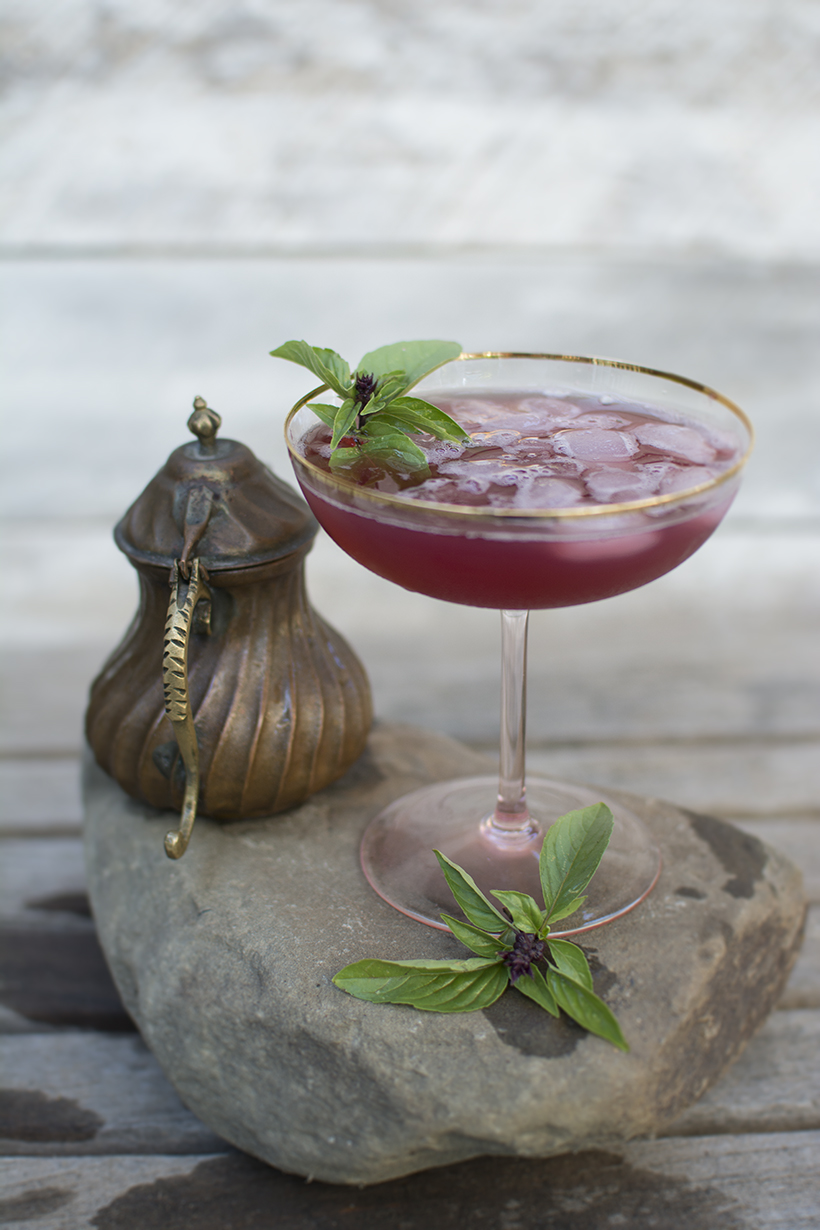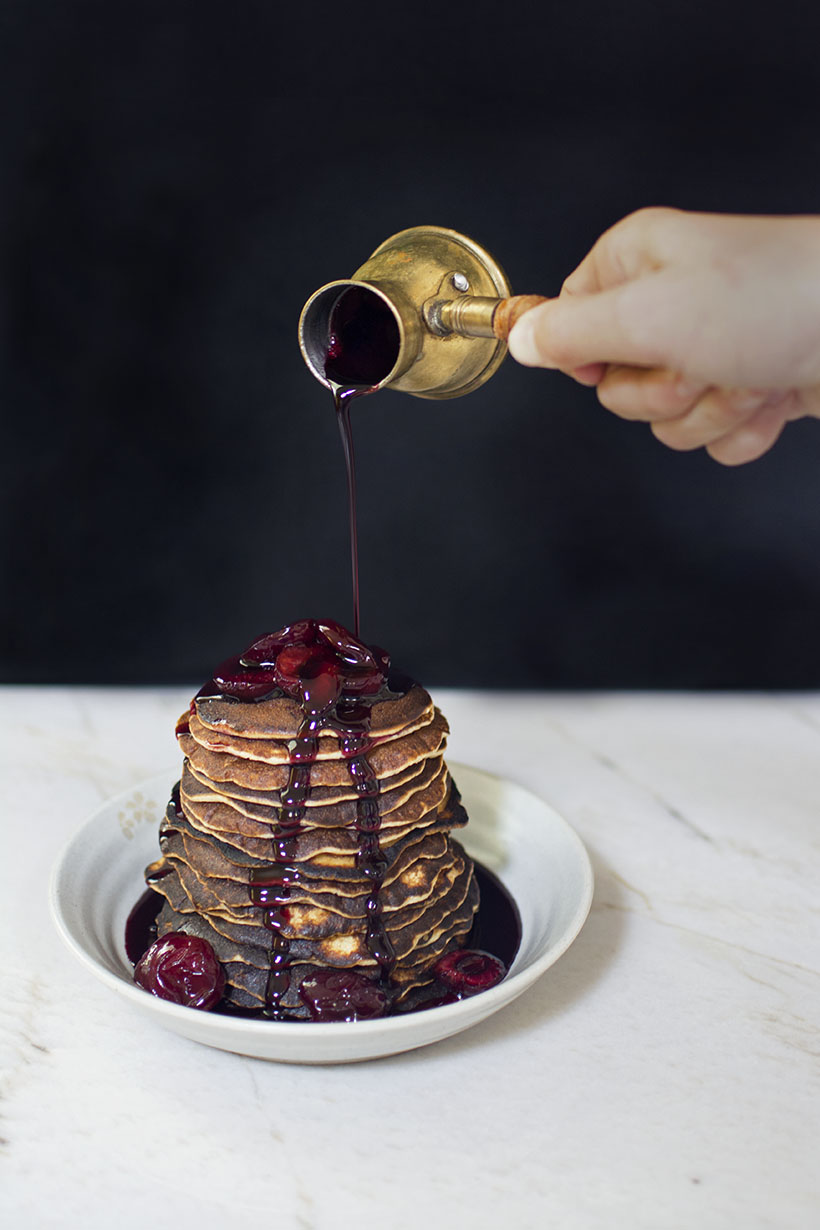
1) Roast it. It’s time to roast some more marshmallows before the Summer S’mores are no more, and not just for dessert this time.

2) Plant it. A potted basil is so easy to grow and only grows in the heat of summer. Pinch off the leaves before the cooler temps arrive, make a pesto and freeze in ice cube trays for the winter ahead. My childhood dog was named Sweet Basil because my Italian mother loved the herb so much. Growing up in the fog of San Francisco was not conducive to growing this sun-loving herb. Now that I live in the sunshine, I’ve been inspired by this South African author and chef, Marie Viljoen, to grow a few of my favorite herbs in pots on my patio. I discovered her book, 66 Square Feet, two years ago and have been hooked ever since. I hope she can inspire you too because even 6 square feet is enough.


3) Can it. A yummy sweet summer fruit, especially the strawberries and peaches at the local farmer’s markets will be gone soon. I tried my hand at canning for the first time using this complete canning kit after gathering up all those figs at my local park. Now I’m eating the yummiest strawberry & fig jam every morning, and the best bit is you get to control how much sugar you add. Store bought jams are too sweet for my taste.

4) Forage it. Commit to finding one edible food item before the warm weather escapes. Try a mobile phone app to find something in your area. I use Wild Edibles Lite to help me identify possible edible botanicals. (Also available for android.) Here’s a few more below to help you source possible edibles in your area. I would love it if a reader has other geographic mapping sources they can recommend because mine are for the western United States. For the story above on foraging San Francisco Bay Area chestnuts, read here.
Try Edible Cities for further sourcing of San Francisco Bay Area edibles. Urban Edibles is a Portland, Oregon cooperative network of wild food foragers that hopes to re-establish the connection between people, environment and food. This is a collaborative database of what’s available in their local neighborhoods.

5) Read it. This book, Eating Wildly: Foraging for Life, Love and the Perfect Meal is the next must-read on my late summer book list. Ava Chin’s book is a food memoir about physical and emotional sustenance. She won first prize in the MFK Fisher Book Awards 2015 and Huffington Post named Ava one of “9 Contemporary Authors You Should Be Reading.”
- 1 lb. or more of figs, chopped
- 1 lb. or more of strawberries, chopped
- 1 cup sugar for every 2 lbs of fruit (2 cups for sweeter)
- Juice of 1 lemon, halved
- Canning Kit
- 8 oz. jam jars (have 4-8 on hand, depending on amount of fruit)
- Combine freshly washed and chopped strawberries, figs and sugar. You can make the jam immediately or let the fruit macerate overnight in the refrigerator in a sealed container.
- When ready, set up your boiling water canning bath and have 3 or 4 half-pint jam jars on hand, sterilized and hot (8 oz. jars).* Place the jar lids only in a small saucepan and bring to barely a simmer to sterilize and keep them hot.
- Scrape the macerated fruit, juices and undissolved sugar into a wide, shallow skillet.
- Place over high heat and cook, stirring regularly for 10-12 minutes or until fruit puree thickens and volume has reduced by one-third or more. (A good test is to drag your stirring spoon through the jam, and if the drag space doesn't fill in immediately with jam, it's ready!)
- Add half of the lemon juice towards the very end of the cooking time.
- Remove from heat and taste. Add more lemon juice as needed to brighten the flavor.
- Funnel jams into sterilized jars with provided funnel, filling to just below the top, apply lids pulled directly from hot water with provided rubber tip tongs and seal each with rims.
- Tighten lids and using rubber tip tongs, place each jam jar in the canning basket and submerge in boiling water bath. Let process in covered boiling water pot for ten minutes, giving plenty of space between jars. Do not let them touch.
- After 10 minutes, remove jars from canning bath with tongs and place on folded kitchen towel to cool.
- After the jars are cool enough to touch, remove rings and test seals by gripping the edges of the lid and raising jar off the counter an inch holding only the lid. A properly sealed jar will hold tight.
- If any pop off, refrigerate and use these within a couple of weeks.
- The successfully sealed jars can be stored in the pantry for the winter. They will keep for up to one year if unopened.
- * You can boil the jars in a large pot of water or easier still, wash in dishwasher and pull them after the drying cycle has completed while the glasses are still hot to the touch and just before filling with jam. Use the provided rubber tipped tongs because you don't want cool jam jars when filling with the fruit.





Leave a Reply